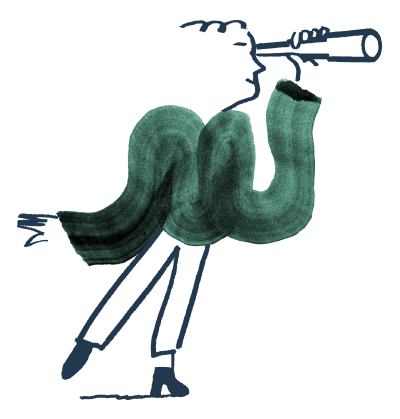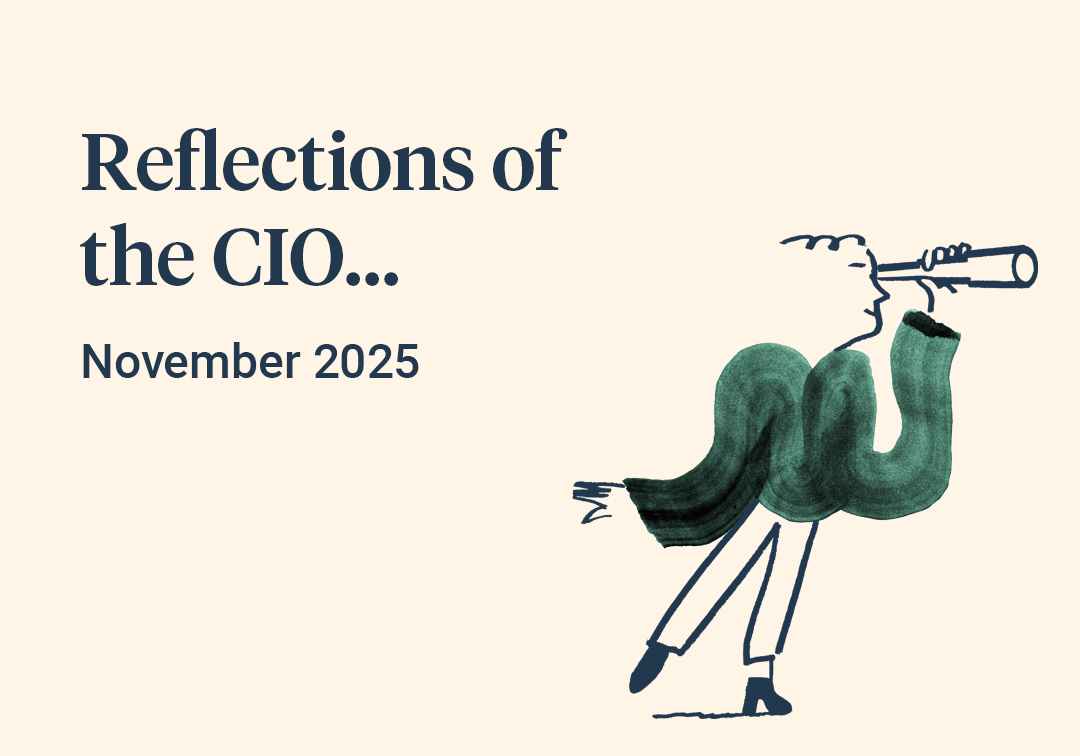Trying to summarise the events of one year and their implications for the future is usually a very tricky thing to manage, and yet this time around we think we can capture the essence of what we want to say in the simple phrase that ‘not every shock is a surprise.’
It was not a surprise coming into 2022 that inflationary pressures were building as a result of reopening post lockdowns. Lots of pent-up demand chasing goods and services which an impaired supply chain was struggling to provide was always going to lead to upward price pressure and, to a large extent, investors could see this coming at the beginning of 2022. Upon reflection, it was also not really a surprise that Russia invaded Ukraine, given the entire world could see the massing of troops and tanks on the borders for weeks ahead of the invasion itself. Yet both events when they happened were huge shocks to markets and global economies. The energy price spike unleashed by sanctions on Russia turbocharged inflation around the world, forcing aggressive responses from central banks as they scrambled to get on top of rampant headline readings not seen for many decades. In reality, it was not a surprise that higher interest rates were on the way, it was just a shock that they came faster and earlier than anyone had expected.
As a result of this shift in gears, the story of the year became one of markets struggling to adjust to the implications of a 40-year period of low inflation and low interest rates ending, and a new era of higher inflation and higher interest rates beginning. For a financial system with over $300 trillion of debt, this was a scary prospect and markets predictably took it badly. Drawdowns (or falls from the highest high point to the lowest low point) of -20% in both stock and bond markets happened broadly simultaneously, something which is very unusual, reflecting perhaps just how epically overvalued both asset classes were coming into the year. Market and investor time horizons also seemed to collapse to the very short term, with everyone focussing in on monthly inflation data, looking for signs of relief from surging headline rates.
As the year ended, we had another unusual situation, with the three major engines of the global economy simultaneously struggling with their own idiosyncratic burdens. The USA was nervously waiting to see if the rapid rise in dollar interest rates would have the desired effect on domestic inflation or if more aggressive action would be needed. Europe was struggling with the impact of war, wrestling with the linked issues of energy and cost of living crises. China, so often the default economic motor of the world, was instead dealing with the legacy of zero Covid and widespread ‘anti business’ policies, whilst simultaneously battling a huge internal property crisis.



